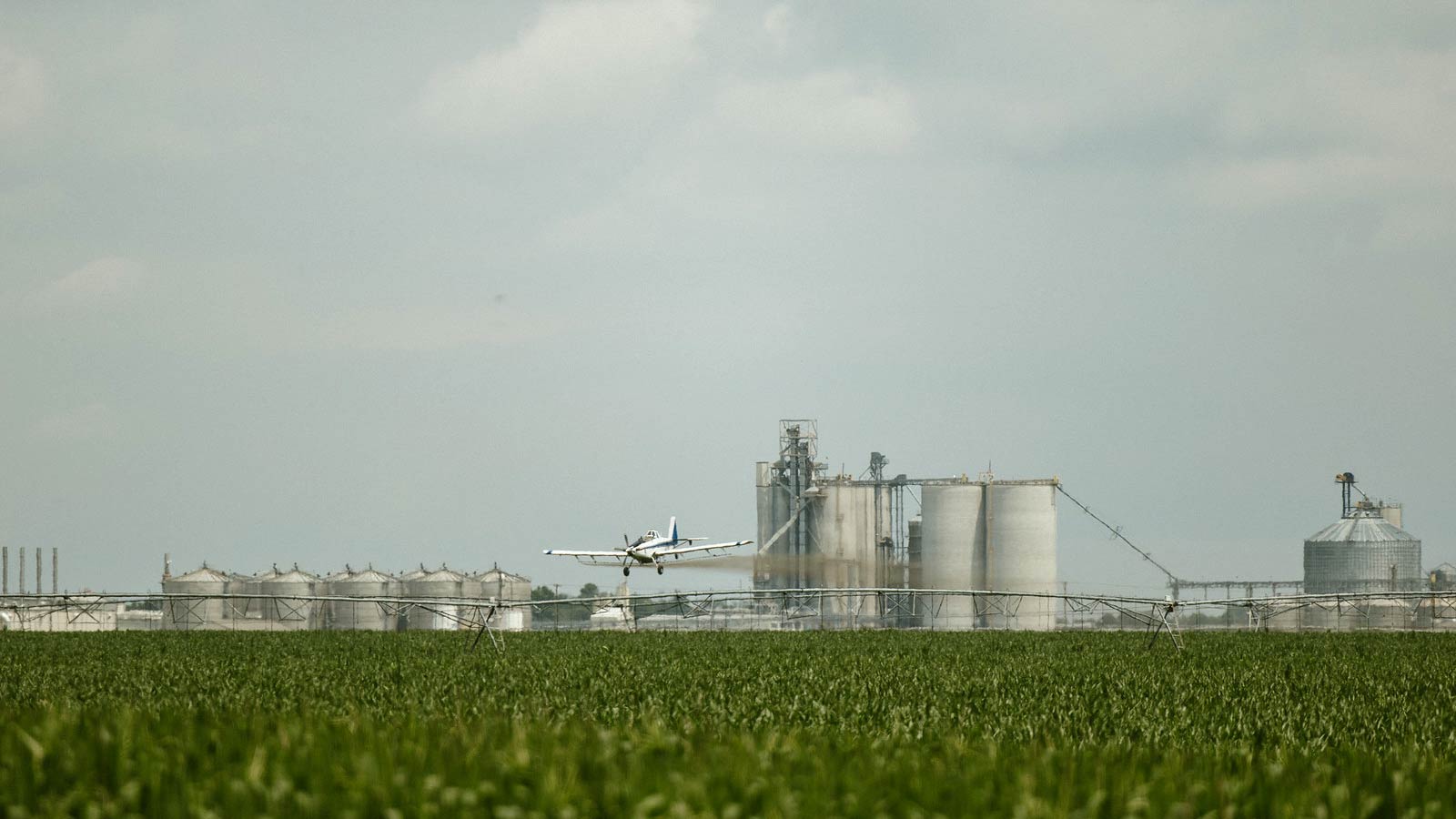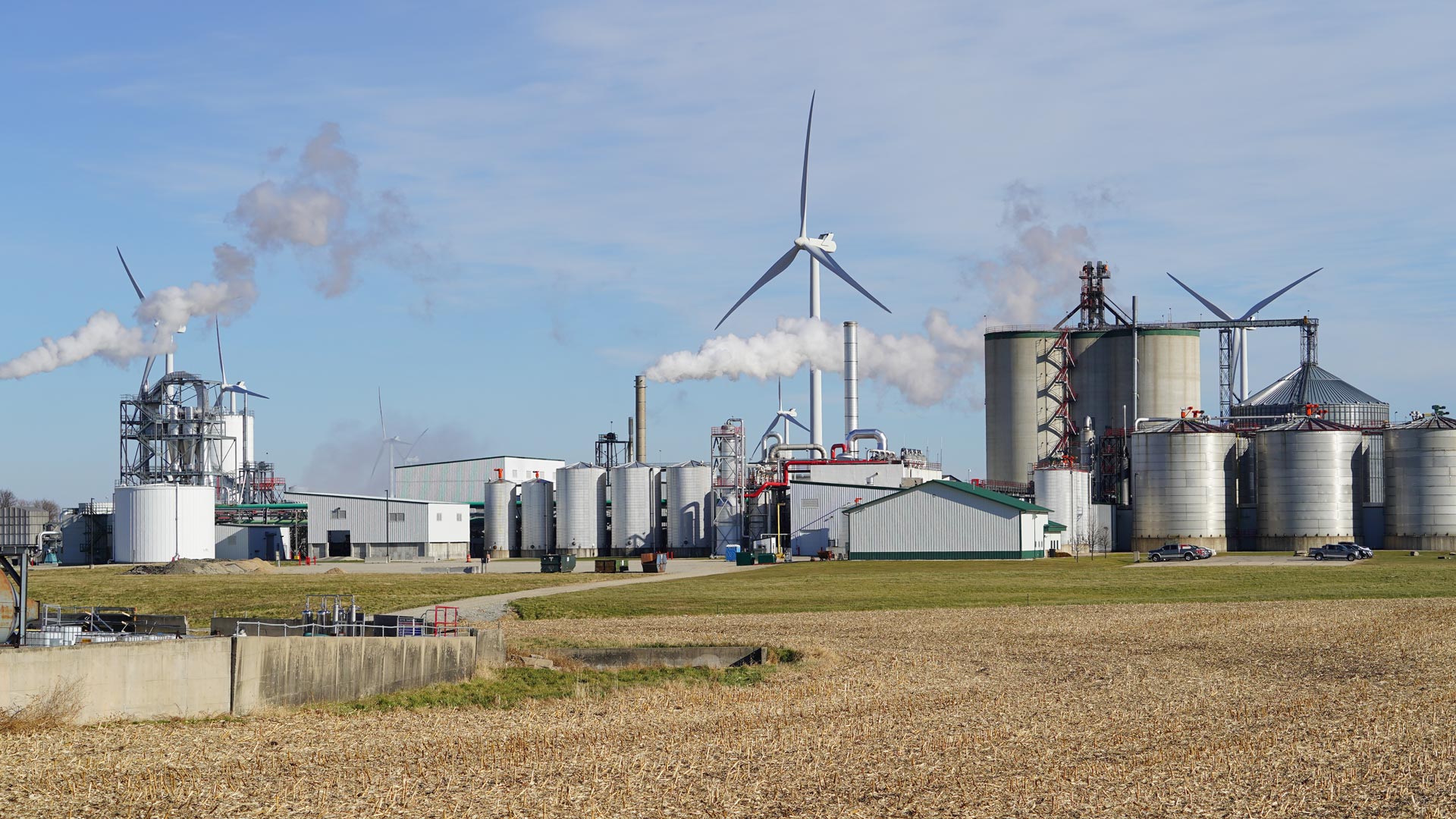In order to make ethanol usable in cars, some extra steps are required. This is because the unique composition of ethanol restricts how much can be blended into gasoline. To help maximize the number of cars that are compatible with ethanol-blended gasoline, it’s sold in specific proportions. You might notice at the pump some of these blends available:
E10: With 10% ethanol and 90% gasoline, E-10 blends are the most common form of ethanol found across the country. Its minimal blend and wide availability makes it compatible and warrantied with most gas-powered vehicles on the road today.
E15: 15% ethanol and 85% gasoline might not seem like a big difference compared to E-10 blends, but E-15 use is more restrictive. Based on studies by EPA, E-15 is only sold for cars with a model year of 2001 or newer.
E85: The highest level of blend sold at a retail location is E85, with E-85 consisting of 85% ethanol and 15% gasoline. This blend is only usable in what are known as “flex-fuel vehicles or FFVs.” Any ethanol blend can be utilized in an FFV, with the engine adjusting itself with a sensor.




